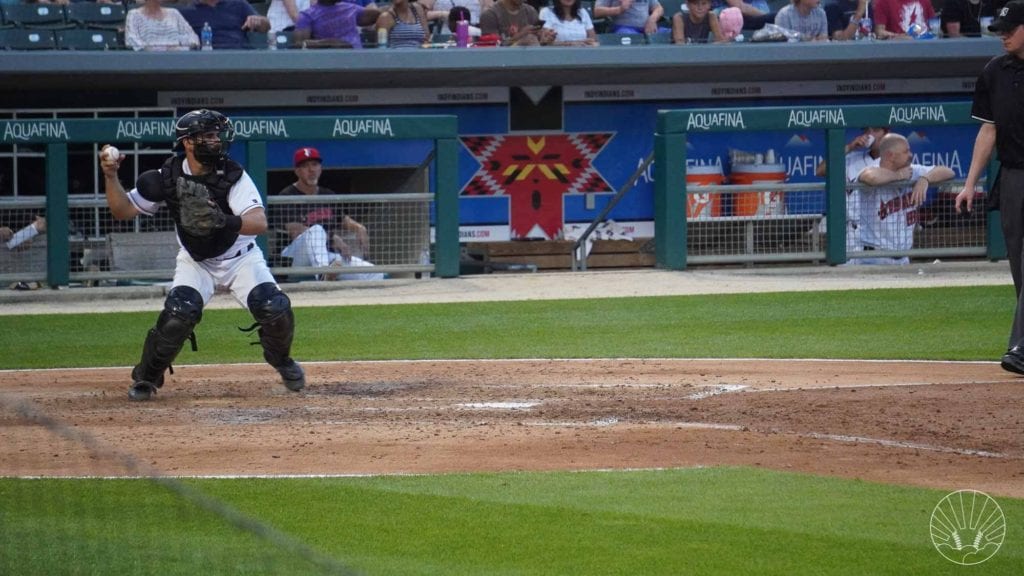*This article may contain product links which pay me a small commission if you make a purchase. Learn more.
I regularly discuss with young pitchers how to hold runners. It is relatively cut and dry, but takes a concerted effort and attention. There doesn’t need to be some major cat and mouse game with runners. Rather, it can boil down to the following seven tactics that any pitcher can employ in holding runners and preventing too many stolen bases.
#1. A Walk and a Stolen Base = A Double.
If you gave up a double, you’d be unhappy. Yet, too many pitchers give up a walk or single then allow the runner to steal with little deterrent. This is why learning how to hold runners on first base is so critical.
Runners on second score on a single. Walk, Stolen base + single = cheap run.
4 or 5 cheap runs over the course of a season means an extra run on one’s ERA, which is a BIG DEAL.
In the Major Leagues, a runner on first base with no outs scores 42% of the time. A runner on second with no outs scores 61% of the time. Over a 5-inning outing, that’s thee runs vs two runs. If you let one runner per inning take second base.
#2. Protect Offspeed Pitches
Going to throw a slower pitch like a changeup or curve? Throw over more.
Good runners steal on counts or situations in which they think an offspeed pitch will be thrown. Offspeed pitches are slower and often end up in the dirt, which means they won’t get caught. Throw over more in these situations.
#3. Throw To a Base With Intent To Get An Out
Throw over hard to scare runners back. Don’t give a cheap move or a soft throw; it doesn’t help.
If you always throw over HARD, runners will know you mean business and may shorten leads. Successful pickoffs are often just a result of luck – you happened to pick over when the runner was leaning. If you soft-toss it to the base, you might miss your chance.
#4. Look To First Only To Fake…Righties Can’t Actually See First Base.

No one can. It’s NOT about seeing first base. It’s about knowing the situation and who’s on first. Is it a slow fat guy? Or a fast guy who likes stealing? Or someone in between who will only steal if you forget he’s there? Know the situation.
#5. Know the Situation.
It makes sense to steal third with one out. It makes sense to steal second with zero or two outs. It makes sense to steal when weaker hitters are up, to give them a chance to get an RBI on a single. It makes sense to steal when a pitcher is throwing well and extra-base hits are unlikely. Throw to first more often and varying timing more in these situations.
#6. Vary Your Looks and Timing
This is really the #1 thing – don’t be predictable. Vary the time it takes you to go to the plate. This saps life from a runner’s legs and makes him indecisive. And for more information on this, I dedicate a chapter to holding runners in my book. (affiliate link)
#7. Keep the Double Play in Order
If for no other reason, keep runners at first so you can double them up on that ground ball you’re trying to get. Two outs on one pitch can be a lifesaver in a tough inning.
Don’t Give Up Free Bases and Cheap Runs – Learn How to Hold Runners!
If you follow these few rules, you’ll see free bases decrease and prevent bloopers from turning into RBIs.
